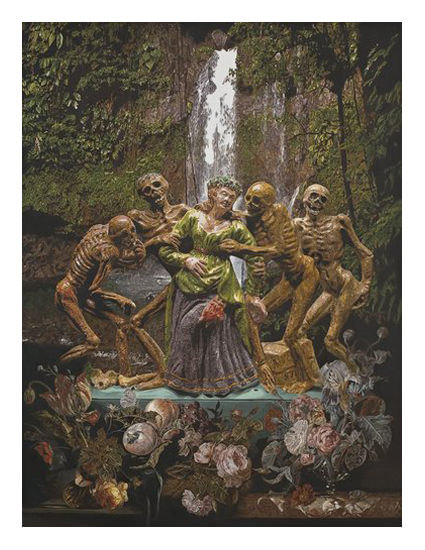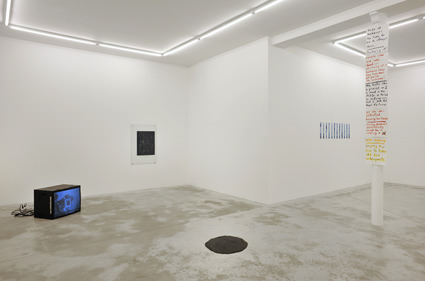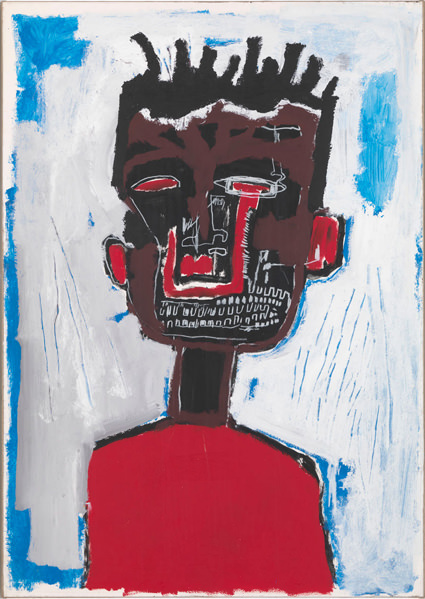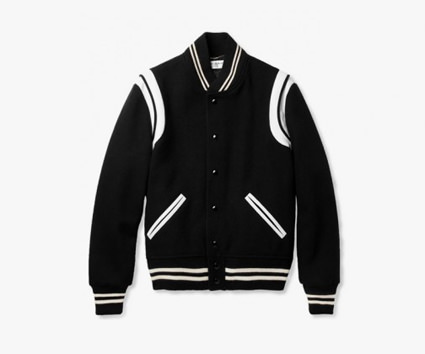Posted on
2013-07-15
Born to a Haitian father and a Puerto-Rican mother, Basquiat left his family home in Brooklyn, New York at the age of fifteen and took to the streets. A voracious autodidact, he quickly became a denizen of the explosive and decadent New York underground scene—a noise musician who loved jazz, and a street poet who scrawled his sophisticated aphorisms in Magic Marker across the walls of downtown Manhattan, copyrighting them under the name SAMO.
In 1981, he killed off this alter ego and began painting and drawing, first on salvaged materials then later on canvas and paper, and making bricolage with materials scavenged from the urban environment. From the outset he worked compulsively; his passion for words and music, his intense yet fluid energy, and the heterogeneous materials that he employed so freely imbued his work with urgency and excitement. He sold his first painting in 1981, and by 1982, spurred by the Neo-Expressionist art boom, his work was in great demand. In 1985, he was featured on the cover of The New York Times Magazine in connection with an article on the newly exuberant international art market. In that photograph, Basquiat is a vision of cool, sprawled in a chair in an elegant three-piece suit and tie, with bunched dreadlocks and bare feet, in front of a large, bold painting, a supernova in the making.
Charismatic image aside, Basquiat was a prodigious young talent, fusing drawing and painting with history and poetry to produce an unprecedented artistic language and content that bridged cultures and enunciated alternative histories. Combining materials and techniques with uninhibited yet knowing and precise intent, his paintings maintain a powerful tension between opposing aesthetic forces, expression and knowledge, control and spontaneity, savagery and wit, urbanity and primitivism, while providing acerbic commentary on the harsh realities of race, culture, and society.
Exhibition runs through to August 10th, 2013
Gagosian Gallery
7/F Pedder Building
12 Pedder Street
Central, Hong Kong
www.gagosian.com





